You have spent months nurturing your vegetable plants or fruit bushes, watering, feeding, and protecting them from pests. Now, it’s time to reap the rewards of your hard work… However, preserving your vegetables and fruits is no small feat, where every mistake can turn your harvest into a disaster in your cellar. Unless that’s your goal?
In this article, we will explore, with a generous dose of humour and a hint of irony, the myriad ways to fail at preserving your precious harvest. From tomatoes that fancy themselves as modern sculptures to potatoes competing in their own “who has the longest sprout?” contest, we will cover all possible catastrophic scenarios.
But don’t worry, dear gardeners, behind every anecdote lies a useful tip, and behind every joke, a lesson to be learned. Discover how to fail (or not) at preserving your harvest!
Lesson 1: Choosing the Wrong Time to Harvest
To spectacularly fail at harvesting from your garden, the key lies in timing, or rather, its complete absence. Harvest whenever you please without checking the harvest periods for each plant variety! Don’t rely on the colour, texture, or size of your vegetables and fruits! Thus, pick your carrots when they are thinner than your fingers, and your tomatoes, green as apples, will end up wondering if they are colour-blind. Let them ripen on the windowsill to better savour the absence of flavour… or watch them rot.
And what about those squashes you leave on the plant until they are big enough to house a family of elves? Watching them grow is a spectacle, but eating them… that’s a whole different story! You might even test the patience of your potatoes, leaving them underground until they decide to retire and sprout from old age.
But if, in a moment of clarity, you decide to harvest wisely, remember that each fruit and vegetable has its moment of glory. Carefully observe the signs of ripeness: colour, size, and tenderness. A little attention and knowledge about the optimal time for each plant can turn your harvest into a celebration of flavours rather than an exhibition of botanical curiosities.
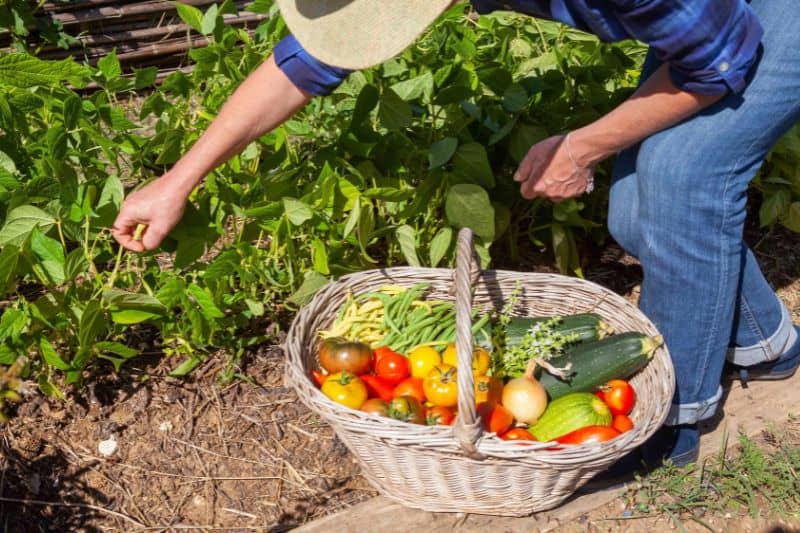
Lesson 2: Neglecting to Clean and Sort Your Harvest
To ensure your vegetables are doomed to fail in preservation, nothing beats adopting the “I’ll deal with it later” technique. After harvesting, abandon the vegetables in a corner, completely forgetting to prepare them for their long winter stay. Don’t worry about removing the dirt or the little critters that may have taken a liking to your vegetables.
Carrots? Leave the tops attached, like extravagant hairstyles, so they can exhaust all their energy before wilting sadly. Potatoes? Store them immediately after harvesting so that the still damp soil sticks and forms a layer of mould. And apples? Feel free to polish them until they shine like miniature suns, ignoring the fact that this removes their precious natural wax protective layer.
But back to reality. If you want your harvest to survive in the best conditions, a little preparation is essential. Washing vegetables is not always recommended, especially if they are to be stored for a long time. However, a good dusting, a little brush to remove excess soil, and a quality check are in order. Cut away damaged parts, remove tops if necessary, let potatoes dry for two or three days in the sun and ensure that only healthy vegetables go into storage. Be diligent in sorting and remember that some fruits and vegetables do not get along well. For example, storing apples away from others prevents them from triggering premature ripening in their neighbours.
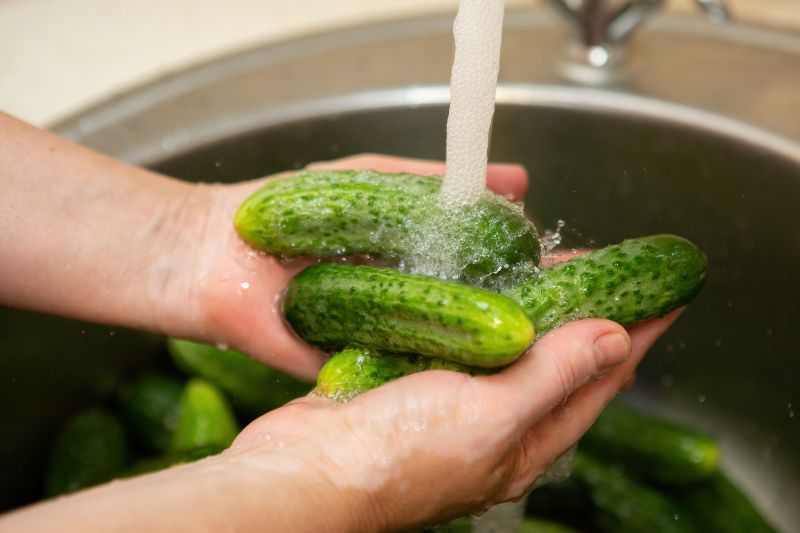
Lesson 3: Ignoring Storage Conditions
For a true culinary disaster, don’t forget to ignore the storage conditions! It’s a bit like inviting your harvest to a party themed: “Survival in Hostile Environments”.
Store your apples in a warm and humid place, watching them turn into applesauce before they even reach the pot! For potatoes, choose a spot in the light so they can turn green! Even better, place them next to onions, creating the most romantic rendezvous between two vegetables that cordially despise each other. Carrots, on the other hand, might find themselves in a plastic bag, where they throw a little sauna party, relishing the moisture until they lose their crunch. And tomatoes and herbs? Leave them in the fridge, where they can quietly meditate on the loss of their flavour and texture!
But if the idea of preserving your harvest appeals to you, a little common sense is in order. Apples prefer cool, airy places, away from their vegetable companions. Onions and potatoes need their personal space, in a dry, dark place. As for carrots, they like moisture, but controlled, like in a cool room with good air circulation. And tomatoes at room temperature!
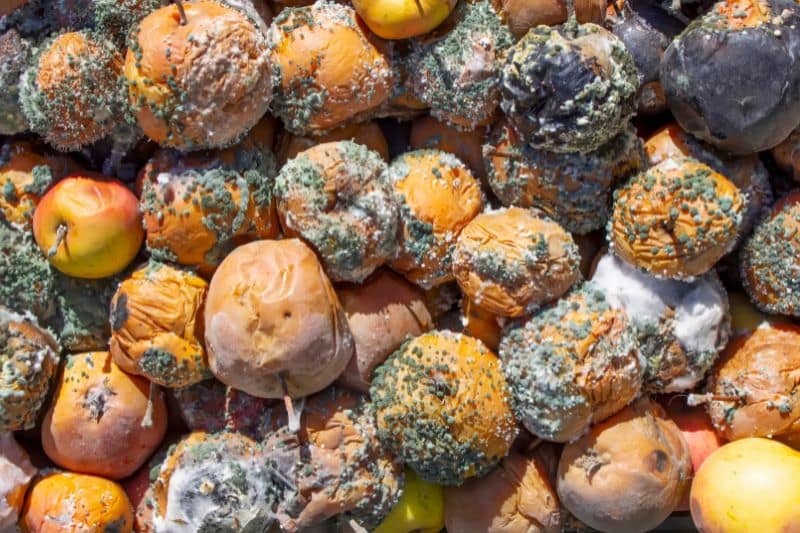
Lesson 4: Forgetting to Regularly Check Stored Harvests
Forgetting to regularly check your stored harvests is a bit like leaving children home alone without supervision. You return to discover a sort of wild party where mould acts as the DJ, leading vegetables and fruits into a frantic decomposition dance.
Imagine opening your pantry to find that your potatoes have started their own gardening, with sprouts so long they could audition for roles in science fiction films. Or discover your onions in such an emotional state that they have made the other vegetables around them cry, creating a melodramatic atmosphere in your pantry.
And the apples? If you forget them for too long, they might turn into spontaneous applesauce, deciding it’s more fun to decompose on their own than wait to be eaten.
To avoid this edible chaos, a little ritual of regular checking is essential. Dedicate a moment each week to play detective in your storage. Examine fruits and vegetables for signs of distress like mould, sprouts, or spots. Remove the culprits to prevent them from contaminating the rest of the bunch.
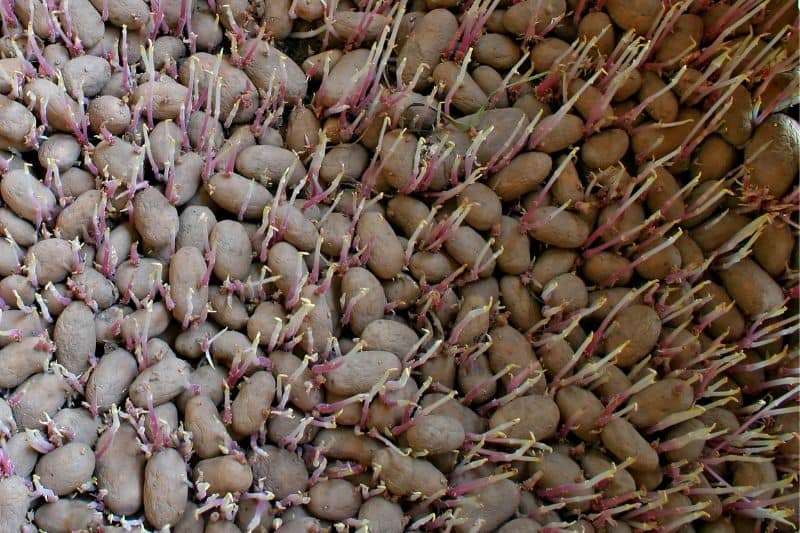
Lesson 5: Using Inappropriate Preservation Methods
Using inappropriate preservation methods is a surefire way to fail at preservation! Put your carrots and green beans in a freezer without blanching them first, turning them into frozen vegetables. Or, try drying your tomatoes by simply leaving them on the counter, then watch them turn into a sad, shrivelled version of themselves, far from the glory of sun-dried tomatoes.
And what about the ambitious project of making jam with every fruit and vegetable on hand? Potato jams, cucumber jams, and why not lettuce jams, turning your kitchen into an experimental lab where every jar is a taste surprise… often dubious.
To avoid these comedic culinary scenarios, choosing the right preservation method for each type of harvested vegetable or fruit is crucial. Blanching vegetables before freezing preserves their texture and flavour. Tomatoes, on the other hand, lend themselves wonderfully to canning or drying, but make sure to follow the right techniques. And for fruits, jam, drying, or freezing are excellent ways to preserve them, as long as the method suits their characteristics.
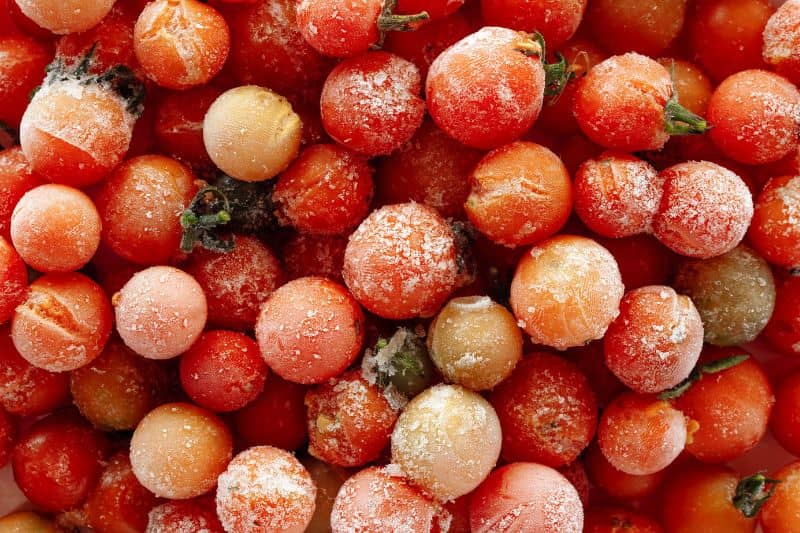
Lesson 6: Neglecting the Temperature and Humidity of the Storage Area
Finally, turning a blind eye to the temperature and humidity of the storage area is a guaranteed way to fail at preserving your vegetables and fruits. A temperature that is too high and excessive humidity can create a tropical climate, prompting potatoes to dream of beaches and palm trees, ultimately sprouting with overwhelming enthusiasm or apples turning into applesauce all on their own. Conversely, in a warm and overly dry environment, your apples might start to shrivel, as if they decided to try out a new extreme beauty regimen.
In this scenario, your cellar or pantry transforms into a sort of sauna for certain vegetables, orchestrating a chaotic dance of temperatures and humidity that leaves your harvest completely disoriented.
To avoid this climatic disaster, careful monitoring of humidity and temperature is essential. Cellars and pantries should be cool, but not cold, with enough humidity to prevent drying out, but not so much as to encourage mould. A thermometer and hygrometer can be your best friends in keeping an eye on these conditions.































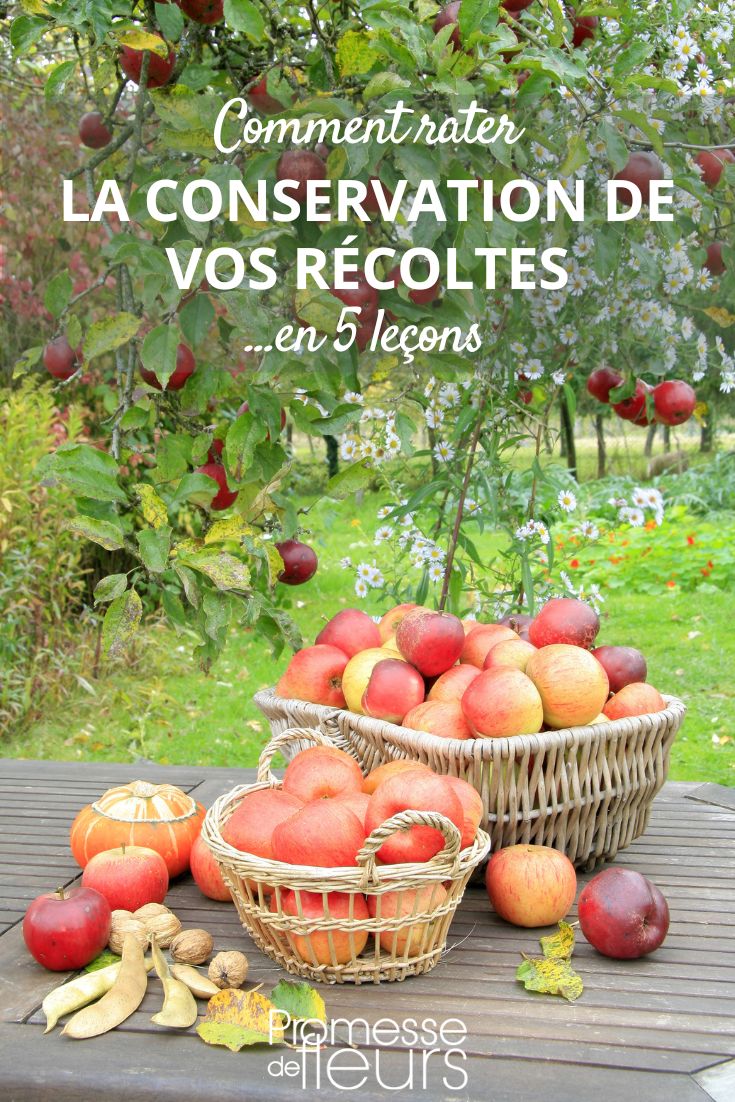
Comments